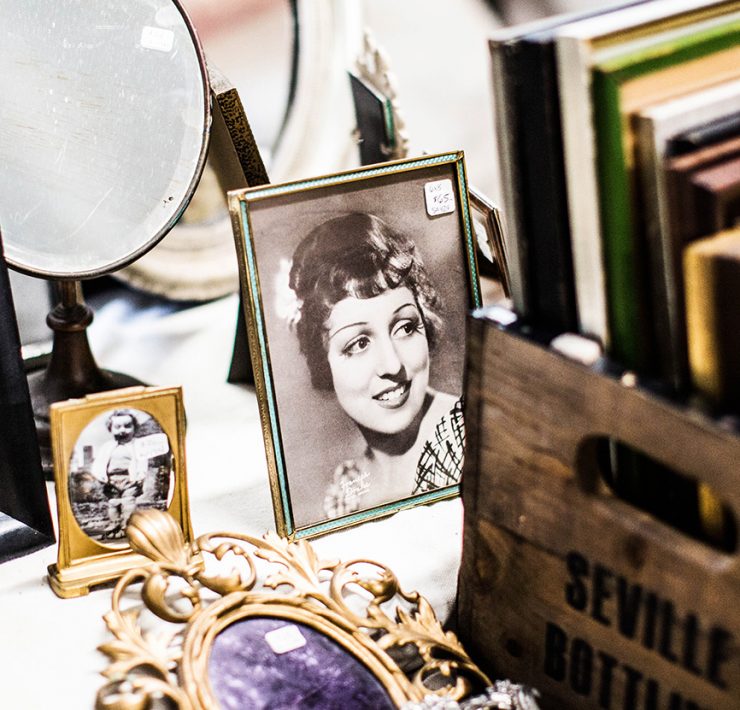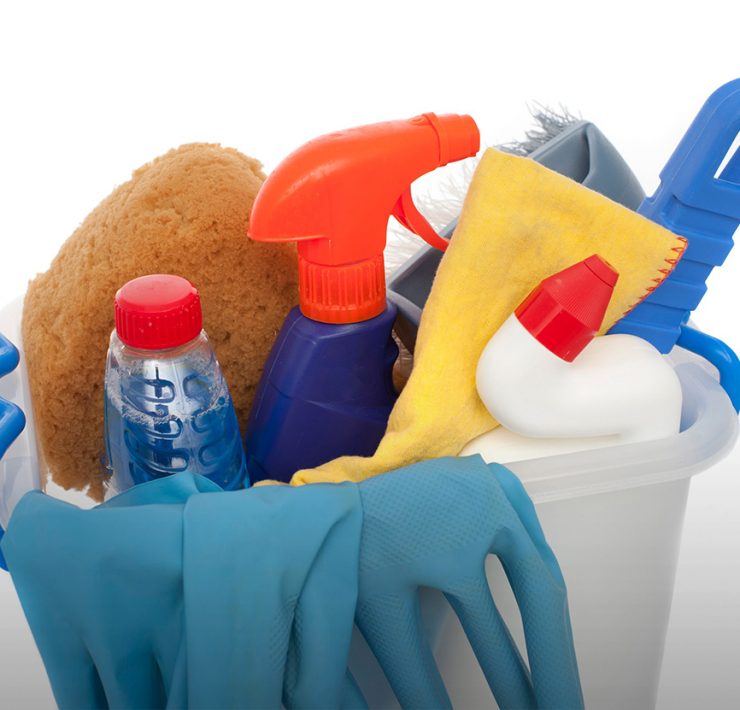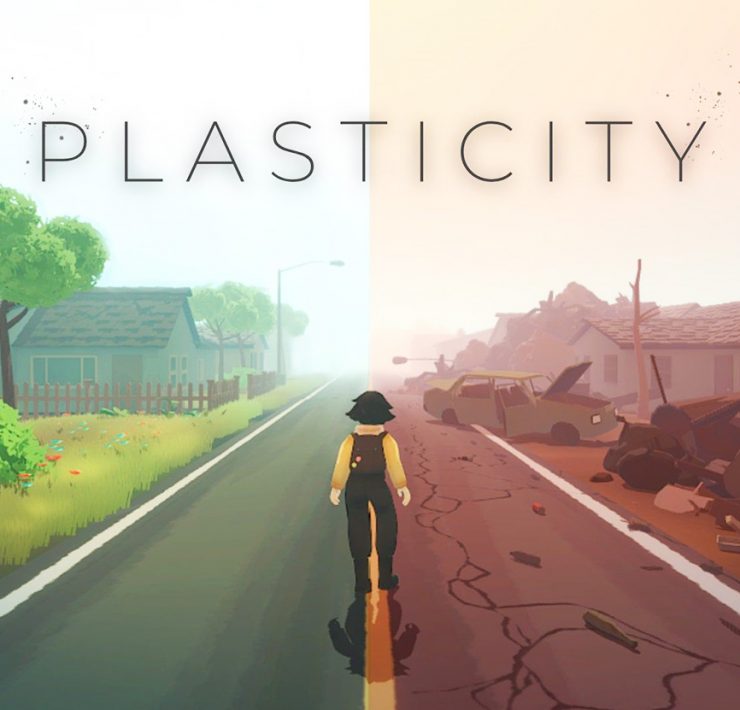Is bamboo really sustainable?
- In a time where the durable plant is being hailed for being resourceful and sustainable, it would be wise to stop and question whether this is yet another example of greenwashing.
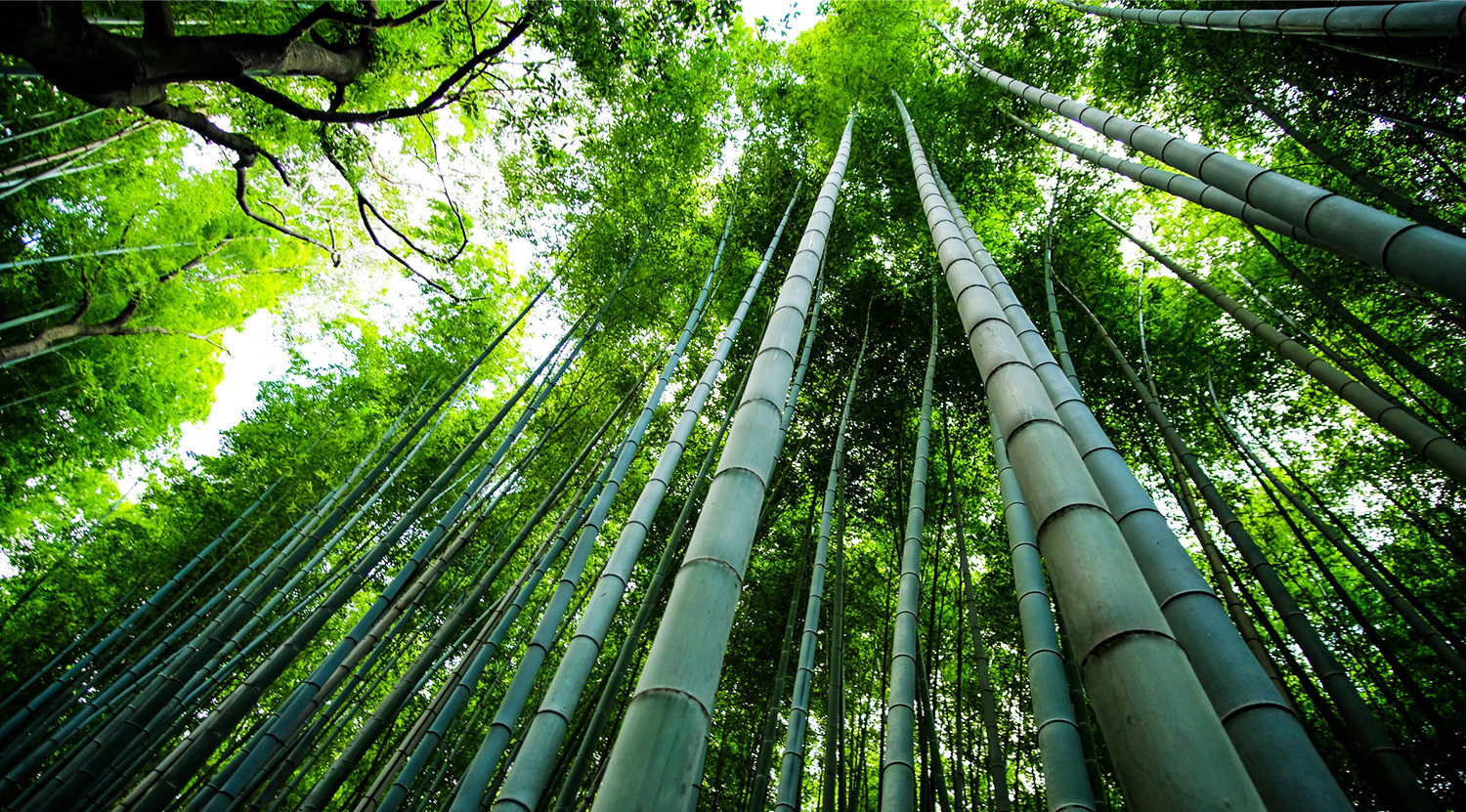
Shraddha Uchil is the consulting features editor at Ethico. After…
Bamboo. It might be a humble grass, but so integral is it to Asia that it has permeated the culture of the continent in myriad ways thanks to its utilitarian value. It finds a place on the dinner table — its young shoots can be cooked or fermented and eaten — as well as in Chinese medicine cabinets. The raw leaves serve as fodder for livestock, and the tall, bendy stems make for the perfect scaffolding material in construction. Poets and writers have sung its praises, and artists have created vivid paintings depicting the beautiful grass.
In recent years, bamboo has gone from being merely a versatile material to becoming the poster child for sustainability, with brands urging you to opt for it over plastic and even cotton. From bamboo utensils and toothbrushes to clothes and flooring, the panda’s favourite snack now finds use in pretty much every part of your house.
In theory, it’s a no-brainer. After all, bamboo grows really fast, it doesn’t require fertilisers or pesticides, and it also regenerates naturally, so it doesn’t need to be replanted once harvested. As a bonus, it generates up to 35 per cent more oxygen than similar plants. And when you compare it to cotton cultivation, which eats up a lot of water, pesticides and labour, there’s very little to not like about this supergrass.
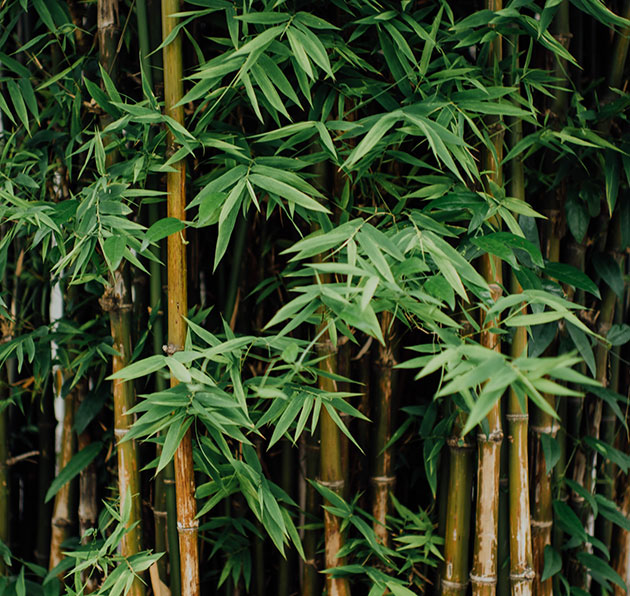
So, where’s the catch? Before you start stocking up on bamboo products, here are a few things to consider. While bamboo can be grown sustainably, doesn’t mean it always is. A majority of bamboo is grown in China, a country that isn’t too open about how much land it has cleared for bamboo production, or shared how intensively it is being harvested. Moreover, although the crop doesn’t require the use of pesticides, there is no way of knowing whether or not pesticides are being used to maximise output.
Now, let’s say the bamboo product you’re using is ethically sourced — you have made sure you know exactly where it comes from, and how it was grown. So far, so good. But the next problem arises when it comes to transforming bamboo from a plant into a usable textile.
This is because for it to be rendered into a comfortable fabric, the cellulose in the bamboo has to be dissolved into a pulp using two toxic chemicals — sodium hydroxide and carbon disulfide. The resultant viscose is then passed through a machine into a chemical bath to form fibres. Once washed and bleached, you get the soft, breathable fabric that can be used to make clothing and bedlinen. Unfortunately, by the end of this process, what you have can’t even be called bamboo — it is just another form of rayon. The Lyocell process, unlike the viscose method just described, uses less toxic chemicals and a closed-loop manufacturing process, but is nevertheless damaging to the environment, but to a smaller degree.
This is not to say that all bamboo fabric is unsustainably produced. There exists a less harmful method that involves mechanically combing out the bamboo fibres and then spinning them into a fabric that is called bamboo linen. This technique uses less water, energy and chemicals, but most companies shun this process due to the costs and labour involved. Lastly, the resultant fabric doesn’t have that smooth-as-butter feel that you would achieve using the former method.
So, the next time you’re out shopping, be a little wary of that ‘Made from Bamboo’ label on that t-shirt. Instead of choosing something green, you might just be falling prey to greenwashing.
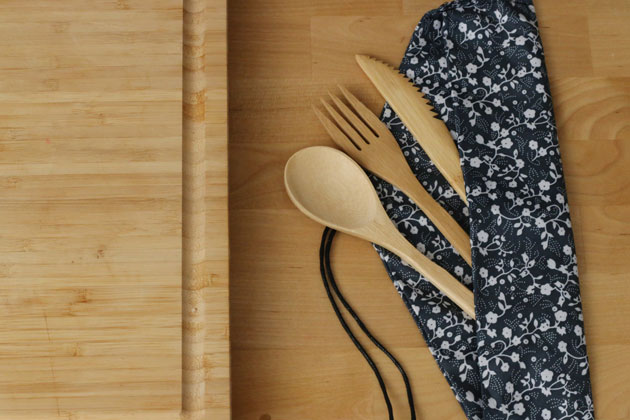
How to avoid getting bamboozled:
- Try to use bamboo in its raw, unmanipulated form. This includes bamboo kitchenware, toothbrushes, furniture and flooring.
- Opt for FSC certified bamboo whenever possible. At the very least, try to find out if your bamboo source is harming forests or wildlife.
- When it comes to choosing sustainable fabrics, pick recycled or certified organic cotton and hemp over bamboo.
- Look for companies that are 100 per cent transparent about their manufacturing process and then make your decision.
- If you have to buy bamboo clothing, choose bamboo linen over bamboo rayon, which is produced more sustainably.
Shraddha Uchil is the consulting features editor at Ethico. After nearly a decade writing about food and culture for major publications, she has currently settled into her role as a new mum. Now, it’s time to consider how she can help preserve the world for generations to come.


